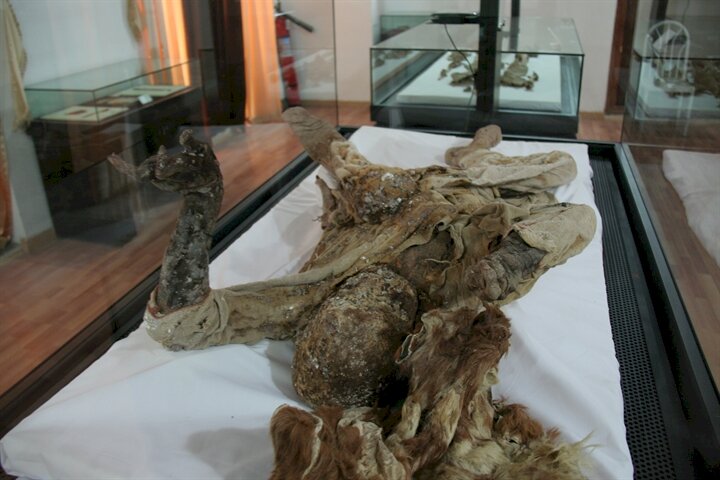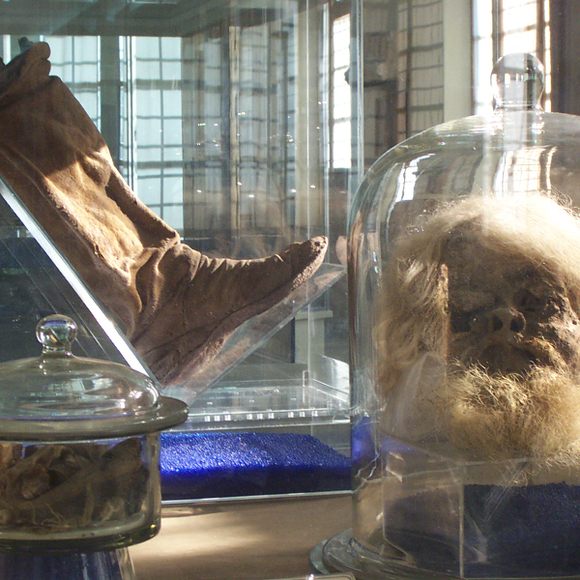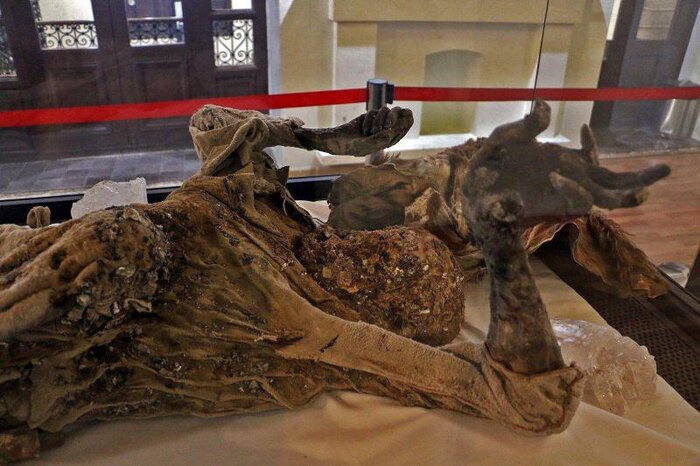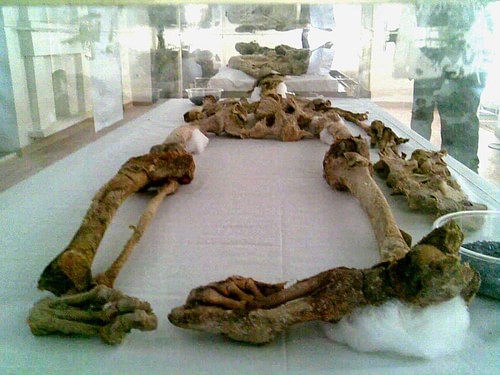The accidental discovery of mummified remains in the Douzlakh Salt Mine near Hamzehli and Chehrabad villages in Zanjan Province has provided invaluable insights into ancient Iranian history and the lives of those who toiled within the depths of the earth.
Initially unearthed in 1993, the first “saltman” emerged as a remarkably well-preserved relic from the past, dating back to 300 CE. His mummified head, complete with a gold earring still adorning his pierced ear, offered a haunting glimpse into his former existence. Subsequent discoveries in 2004 and beyond revealed additional mummified individuals, along with a treasure trove of artifacts, shedding light on the daily lives and tragic fate of these ancient miners.

Systematic excavations commenced in 2005, unearthing three more mummies and providing further insights into their era and circumstances of death. Carbon dating placed these individuals within different historical periods, from the height of the Sasanian Empire to the Achaemenid period, offering a diverse tapestry of ancient Iranian history.
Each saltman carries his own secrets, from evidence of injury and social status to intriguing discoveries such as tapeworm eggs found in one individual’s remains, hinting at dietary habits of the time. Among them, saltman No. 4 stands out as a poignant reminder of the dangers faced by miners, a sixteen-year-old caught in the grasp of death by a cave-in, frozen in time for millennia.

These saltmen, with their silent testimony from the depths of antiquity, continue to captivate and intrigue, offering a window into the distant past of Iran and the human experience in the ancient world.

The restoration of the salt men numbered three, four, and five, along with their belongings and other ancient relics unearthed from the mine, will be undertaken through a collaborative effort. Iran’s Research Center for Conservation of Cultural Relics and Zanjan’s Cultural Heritage, Tourism and Handicrafts Department will spearhead this endeavor in close partnership with the research institute for the protection and restoration of historical relics from the Ruhr-Universität Bochum and the Archaeological Museum Frankfurt.
This joint initiative signifies a commitment to preserving and safeguarding these invaluable artifacts, ensuring that they are meticulously restored to their former glory. Through the expertise and collaboration of these esteemed institutions, the salt men and the treasures discovered alongside them will be conserved for future generations to study and admire, perpetuating the legacy of Iran’s rich cultural heritage.
